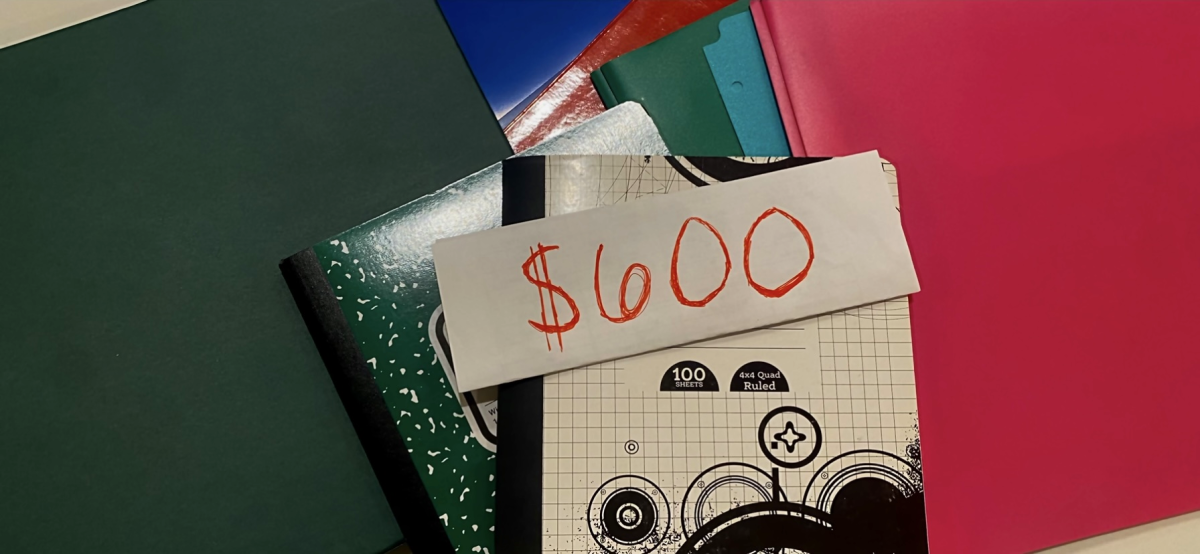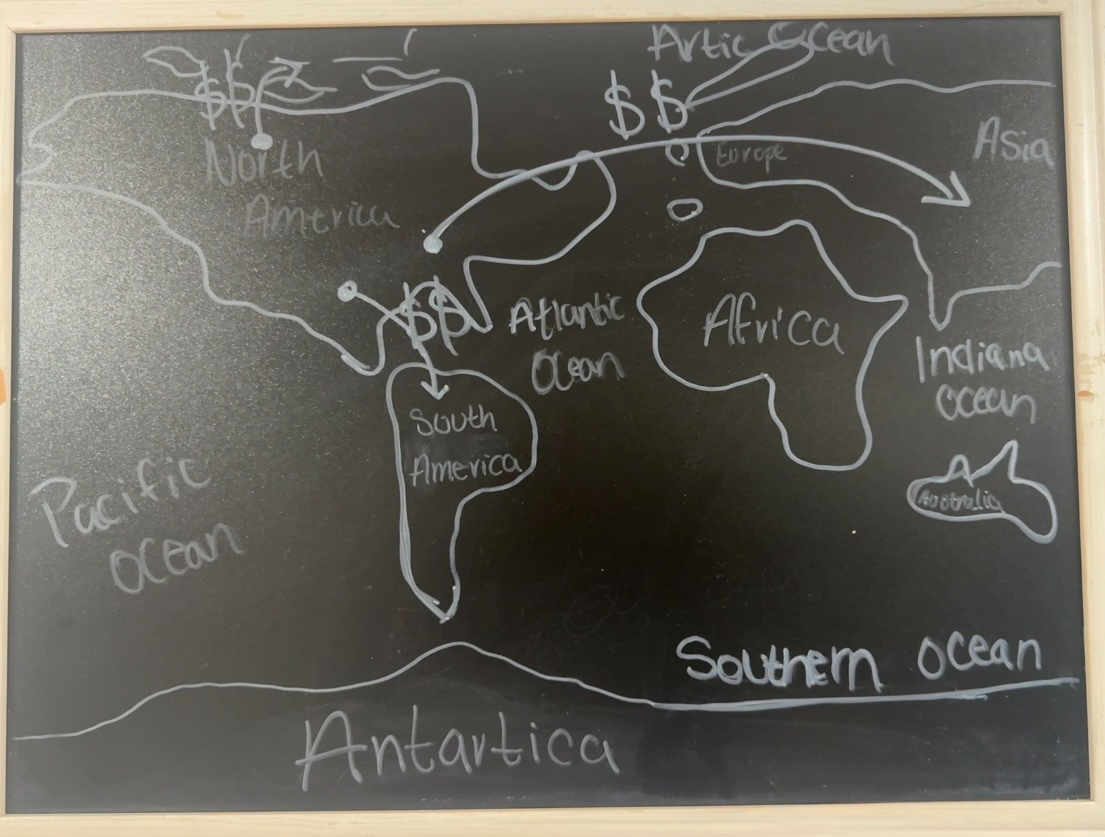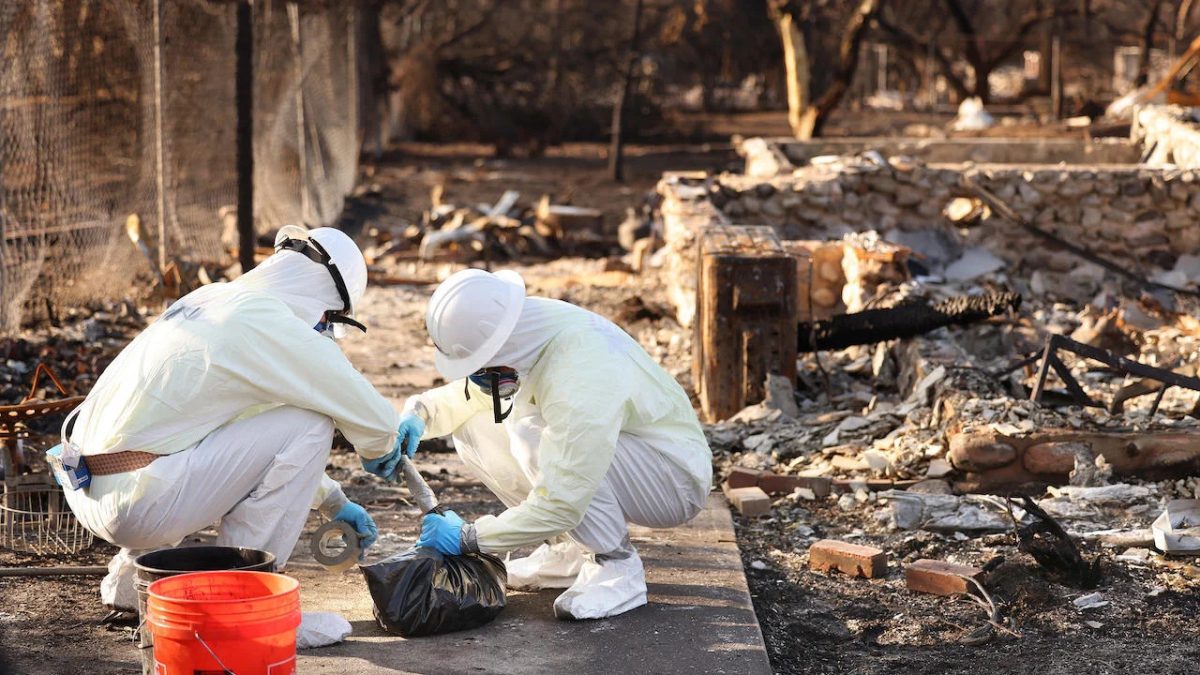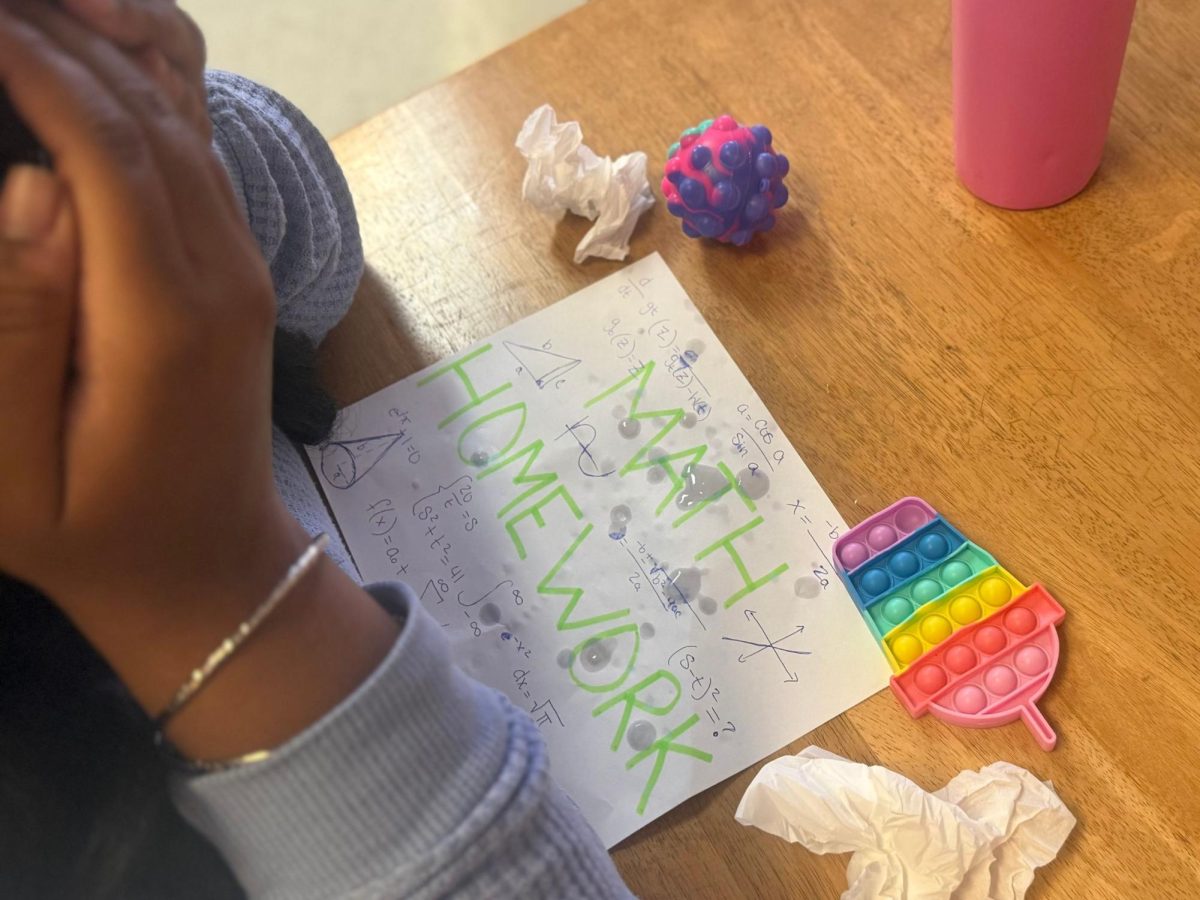In recent school years, the cost of school supplies has increased significantly. Post Covid-19, school supply prices skyrocketed, leaving several students unprepared. This surge in expenses resulted in an epidemic of students struggling to afford necessary materials.
The introduction of COVID-19 disrupted daily routines by creating the need for a virtual school system. The demand for physical school supplies decreased because of the implemented online school system, putting businesses like Crayola, Expo, Elmers, Sharpie and Kleenex in a challenging position. With dropping sales, production slowed down, as well as revenue.
When face-to-face school resumed, the companies overcompensated for the years of low sales. The materials price increased because of the increase in production costs, supply chain disruptions and inflation. According to the National Retail Federation (NRF), the average cost for school supplies increased around 24.4% from 2020 to 2024. Even now, the Columbia Broadcasting System (CBS) states that parents spend around $900 for their kids’ school supplies.
When shopping at Target, the lowest school supply prices apply to materials, such as wide-ruled notebooks and wide-ruled paper, but even items like pens, notebooks and highlighters increased dramatically in price. Originally, Target charged $10 for six pens, 5 dollars for a college-ruled notebook and $18 for Sharpie highlighters. Now, school supplies can cost less than a dollar at Target. Students of lower socioeconomic statuses cannot afford to spend an exorbitant amount of money on necessities.
“It costs a lot of money [for school supplies]. For the past couple of years, I have been re-using the same supplies since 7th grade. I use my brother’s old stuff and I haven’t been able to buy new things,” magnet junior Avery Moore said.
While school supply prices peak at the beginning of the school year, they become cheaper the longer students wait. Stores such as Target, Walmart and Staples put school supplies on sale a couple weeks after school begins. However, students worry that they need to prepare at the start of the school year to succeed. If students attend classes without their necessary school supplies then they face an increased chance of failure.
“Inflation has made it very difficult for me to get all the supplies I’ve needed this year. Everything has risen in price tremendously since last year. We have had to be very conscientious about what brands we are getting. Patterns on folders aren’t a thing for us anymore and backpacks have to get used until they fall apart. I’m less prepared for school now because our budget still isn’t enough. The shopping around is setting me back in some of my classes,” magnet junior Lena Gray said.
NC students risk facing a decline in grades as the price of school supplies continues to increase. When students are unable to afford essential supplies, their GPAs can drop, significantly reducing their chances of receiving college acceptances. In the competitive academic environment in Georgia, the decline in scores may lower students’ chances of earning scholarships. Consequently, reduced college admissions and lower test scores may lead to decreased graduation rates, potentially causing NC to fall from its current ranking of 89th out of 475 public schools in Georgia. A decrease in rank may suggest that the school offers an inferior education and community. This can cause parents to transfer their student or students to another school where they believe their child will achieve higher success.
With the increased price of school supplies in the NC area and across the country, students post that they feel unprepared and set up for failure. Future educational disruptions may cause heightened inflation in the school supply industry.

















